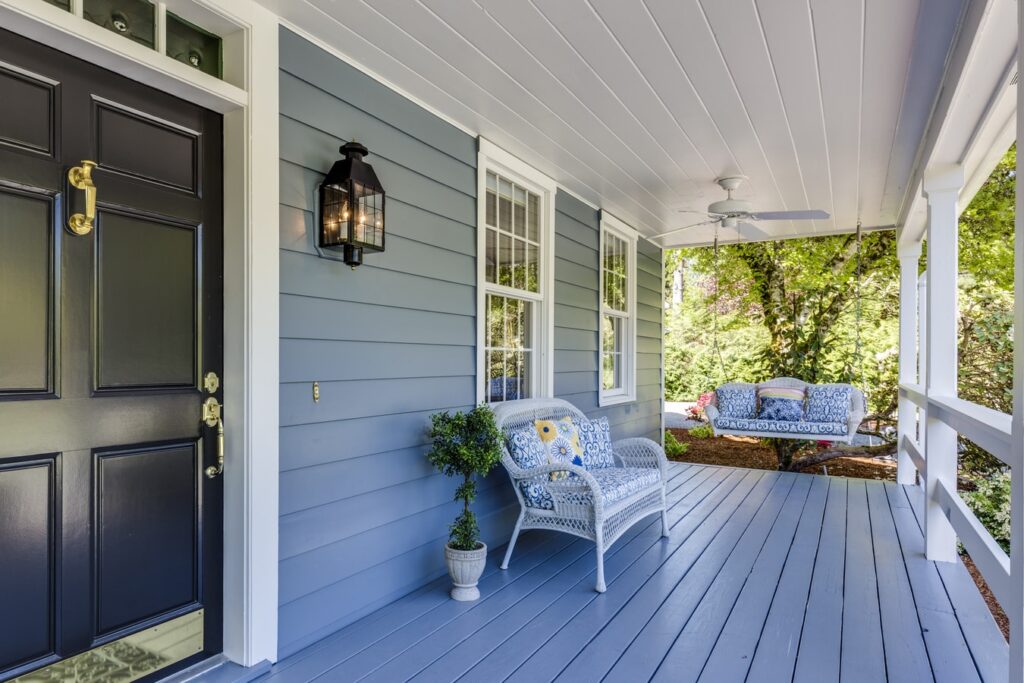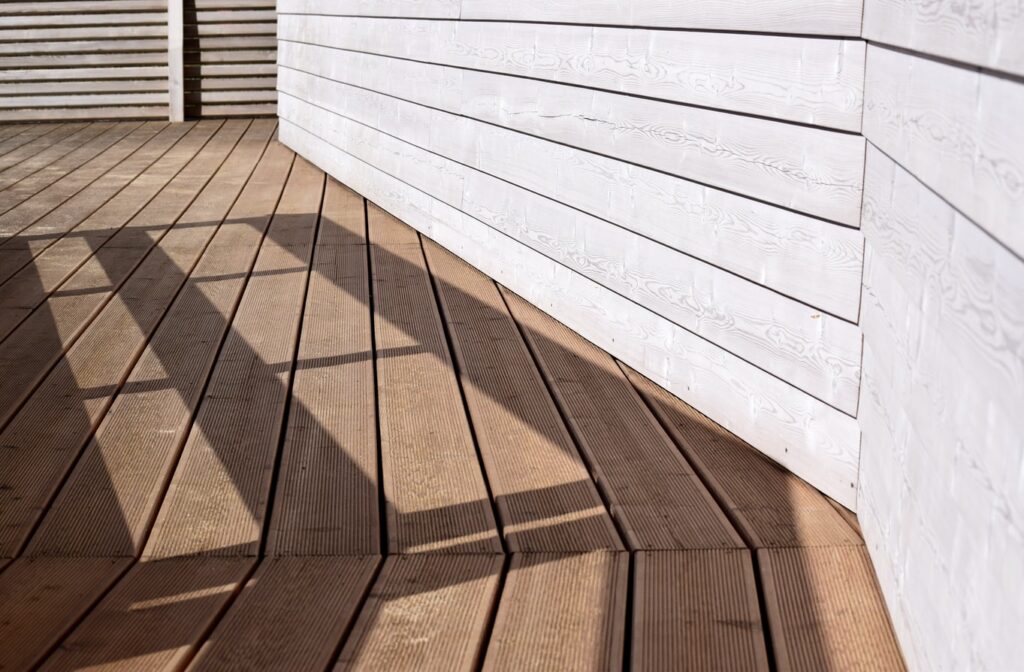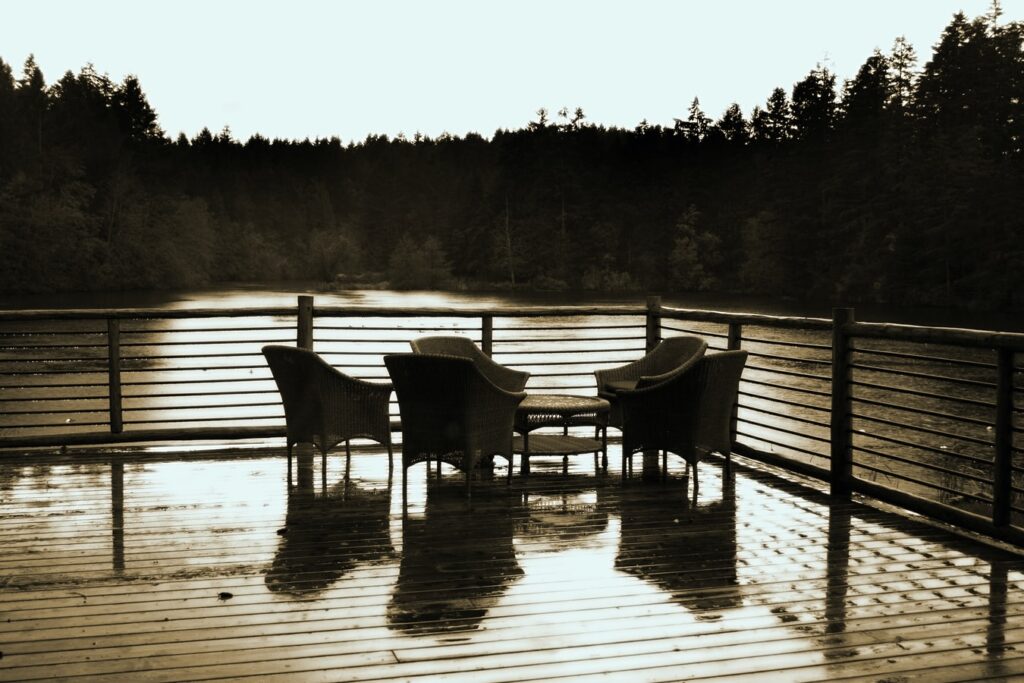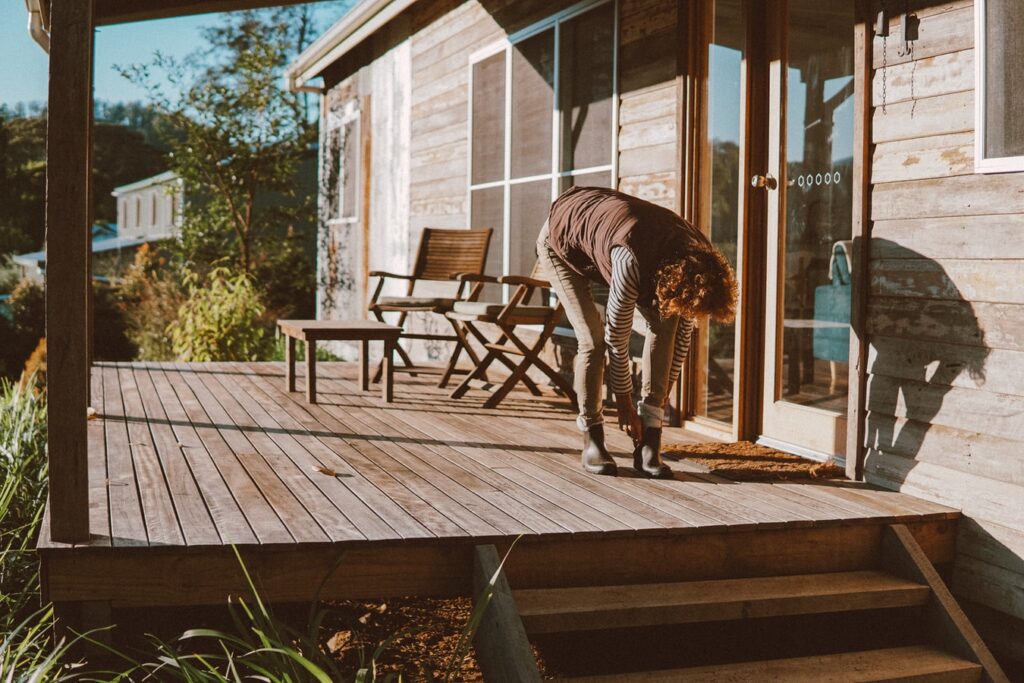Is the house really a home without a beautiful deck where you go out to relax and enjoy some time with the family? Well, that’s a hard question to answer, but we’re leaning towards no. If you agree with us and you want to build a deck, there are some things you should know first. Although, it may seem like a rather simple task to a lot of people, building a deck is much more than screwing together a few planks. It is a meticulous process that involves a lot of planning and hard work if you’re planning on having a well-built, durable, beautiful deck.
If you’re new to all this, it might be overwhelming at first with all the different options out there. You might overlook some things or think they’re not necessary or you might focus on the less important stuff. We’re here to try and help you with that. Today, we’re going to talk about some of the most important things when it comes to building a new, modern deck. If that is something that might interest you, stick around, we’ll go over them in just a few minutes.
-
Choose the right decking material

Knowing your options and the pros and cons of all of them can save you a lot of time and money when it comes to building a deck. As far as materials go, you can either choose from pressure-treated lumber, wood, such as cedar and redwood, a tropical hardwood, composite or PVC decking.
The cheapest option is the pressure-treated lumber, which is chemically treated pine wood in most cases. It’s doused in a lot of chemicals to prevent rot, bugs, fungus etc. To say it isn’t durable would be an understatement. So, although it is an option, it’s not the one we’d recommend.
If you’d like real wood to be the decking material of your choice, you can either go with cedar, redwood or tropical hardwoods. All of these are viable options for a deck, they’re slightly more expensive, but a lot more durable than the previous one. All of them are naturally resistant to bugs, rot and other problems, with the tropical hardwood being the absolute champion here. It will require some maintenance for it to keep its color, especially for tropical hardwood since you can’t treat it with regular products because the wood is so dense that it won’t absorb it. Another ‘disadvantage’ of the tropical hardwood is that it can’t really be painted, once again, because of its density. However, the natural colour is really rich so it’s not really necessary to paint it after all.
Next up, you have composite and PVC decking. Composite decking is made from a mixture of wood and plastic, while the PVC is just that – PVC. Composite and PVC decking are slowly, but surely overtaking the decking world. They are eco-friendly, highly customizable, easy to install and incredibly easy to maintain, which is our next segment.
-
Make sure you think about maintenance

One thing beginners often overlook is maintenance. It happens because you become so preoccupied with the actual build, you never stop to ask yourself whether this will lost long enough for you to enjoy it properly or you’re going to end up having to spend additional money for repairs later on. Good thing is, www.rowlettdecks.com can fix your deck in no time, or you can consult with them prior and end up with the quality build and without the repair.
Essentially, composite and PVC decking requires little to no maintenance, given the fact they’re made mostly from plastic. They’re easy to clean, you don’t need to worry about water damage, colour fading and so on. As far as redwood or tropical hardwood goes, some maintenance is required, mostly to preserve colour, but also, some sun and water damage protection as well. PT lumber is very high maintenance and even then you’re not sure whether it’s going to last more than a few years.
-
Find out if you need permits
In some cases, you need a permit to build a deck. It’s advised to check out whether you need a permit beforehand so you don’t have to deal with that problem later. It might be a nuisance if you decide to sell your house and it turns out you can’t because you’re missing a permit for your deck. To be fair, this mostly applies for large decks that are over a certain height. So, aside from avoiding a possible headache in the future, you might want to get that permit and that deck checked out just for the safety reasons.

-
Decide on the deck placement and design
Make sure you visualize, preferably design, how the decking will look. When you decide on the material, design the deck to see how it fits your house and whether you like it. You’re not going to tear the deck down if you end up disliking it, but you can always change the design beforehand.
-
Have a sturdy base
Like we’ve said, it’s more than just placing a few planks here and there. A deck has to be properly supported, you and your family are going to spend time on it after all. Make sure your footings for the deck are installed properly. That means, set them in concrete and make sure they’re buried deep enough.
-
Don’t skimp on the screws
If you end up deciding on the wood, the worst mistake you can make is cheap out on the screws. It might not seem all that important, but fasteners are one of the integral parts of the whole deck. If you buy cheap screws, chances are, they’re going to corrode and destroy your wood from within. Also, it might cause some structural damage to the deck if the screws become loose.

-
Think about details beforehand
Try and imagine what your deck is going to look like after it’s done. It’s easier to hide power cables and wiring and the rest of the necessary stuff during the build, rather than trying to conceal them later.
One thing to remember before building a deck is to be thorough in your research and maybe open to new ideas like an oval deck or a colourful one. Either way, we hope this article was helpful enough.
